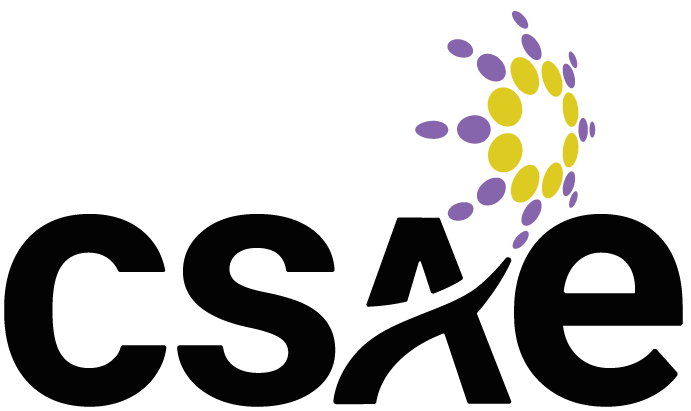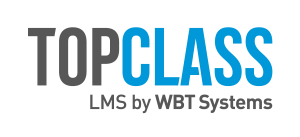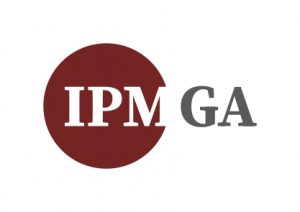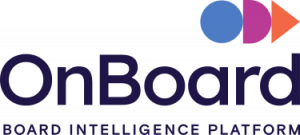Achieve Technology Success — Part 1: Evaluate Where You Stand Now

Since the pandemic started, things have been challenging to say the least. Many associations have had to come up with new and innovative ways to communicate with and support their membership. One of the opportunities – and even requirements – of times like these is finding ways to work smarter, not harder. Unfortunately, organizations can make some common mistakes in their eagerness to move forward:
- Jumping straight to solutions; and,
- Waiting until there is a crisis instead of doing frequent, regular touchpoint check-ins on what is and isn’t working.
While it is understandable to want to quickly “fix” things, it is vital to establish clarity and be proactive rather than reactive.
As you endeavour to understand a situation, that work will provide the foundation for future strategic planning. You’ll be able to build a solid plan going forward and catch potential challenges before they get out of hand.
In this three-part blog series, we will talk about:
- How to evaluate where your organization stands now and on an ongoing basis.
- How to clarify where you want to go and how to evaluate supportive tools for the journey.
- Questions you should ask before you start looking at technology vendors.
Part 1: Evaluate Where Your Organization Stands Now
The following are two simple but powerful techniques you can try within your association to get clarity on where you currently stand and evaluate specific projects or events. They are:
- Good/Bad
- The Feedback Model
1. Good/Bad
Good/bad is a meeting activity to get a quick read on your organization from the team’s perspective. It lets the team celebrate some wins, and then take accountability for addressing what is seen as the most pressing problems. When repeated every three months, the team will knock down problem after problem!
How to Run Good/Bad
- Add the previous good/bad results to your agenda for review.
- Use a whiteboard (or similar) and divide it in half.
- On the left side, write “good” as a heading.
- On the right side, write “bad” as a heading.
- Working around the room (or Zoom grid), ask each person to contribute something that is currently good about the organization or team.
- Using a numbered list, write these down under the good heading.
- Everyone needs to contribute a good.
- Repeat for bad.
- Now open the floor for contributions of both good and bad.
- When there are no new items after 60 seconds, stop collecting.
- Starting with the newest or most junior team member, ask each person to vote for the three most important bads that need to be fixed.
- For speed, they can select the numbers from the ordered list.
- Count votes with ticks next to each item.
- Consider starting with the most junior person so that you do not have a bandwagon effect on the loudest or most senior person’s vote.
- After voting, take the top two to four bads and start a discussion about what should be done to resolve them.
- These are the “bad-fixing tasks.”
- They should be completed within the next three months.
- The number of bads you focus on depends on the size and scope of the problem. When in doubt, take three.
- Ask for a volunteer to be accountable for the task and put their name down next to the item on the whiteboard.
- It’s done! Take a photo of the whiteboard and add it to the meeting minutes.
How Often Should My Team Do Good/Bad?
Every three months, because:
- You should be running a quarterly strategy meeting already.
- It gives a reasonable due date for the bad-fixing tasks.
- It gives the team a feeling of accomplishment to see a previous bad knocked down and moved into good.
- It gives the team a chance to celebrate their wins.
- If you’re growing or changing, as most organizations are, there is always something new.
Who Should Facilitate Good/Bad?
The highest-ranking person in the room (CEO, Executive Director, Manager, Team Leader, etc.) should run the activity and try not to participate. The team should drive the good, bad and bad-resolving actions so that they have ownership over the discussion and decisions. Having a leader pronounce and assign the actions counteracts the team’s buy-in. They might as well have sent an email memo!
What If I Can’t Think of Anything Bad?
We’ve never run this activity and had someone unable to think of a single bad thing happening in the organization. If you can’t think of anything bad, you’re not trying hard enough — or you’re avoiding the elephant in the room!
Topics you can ask your team about to encourage ideas:
- The things they might complain to their significant other about.
- The tasks at work that they don’t enjoy or think are wasteful.
- Your competitors.
- Recent or upcoming changes to your industry.
What Happens If A Bad Shows Up On The List Again?
Don’t sweat it, this is normal. Bads will show up again for one of two reasons:
- It wasn’t a high-enough priority to take action on.
- The action taken didn’t resolve the bad.
- You did resolve the bad, but then it re-emerged in another way.
Again, this will happen, and it isn’t a problem. Write it down, take action if it’s a priority; otherwise, it’ll be there waiting for you in three months.
What If We Can’t Share What’s Bad With Leadership?
That’s a tough one and indicative of bigger problems in the organization.
It probably makes sense to start with that.
2. The Feedback Model
The Feedback Model is a simple but common approach for collecting feedback on a particular problem or event. It is similar to Good/Bad but asks:
- What went well?
- What was tricky?
- What would you do differently next time?
… that’s it! Just three “simple” questions. But, simple questions can sometimes be really difficult to answer!
The idea is to get each person to think and then share out loud. The answers can be tactile (“the chairs we rented were comfortable”) or they can be personal (“I was flustered because I didn’t know what to do when the keynote speaker couldn’t be found”). There’s no wrong answer: the sharing is the goal.
When Should You Use the Feedback Model?
There are many different circumstances when you might use the Feedback Model, but we suggest using it as a debrief or post-mortem after a specific event. This could be after your Annual General Meeting (AGM), following the hiring or termination of a staff member, or at the completion of a project like a new website or member recruitment campaign. Or, just use it whenever you feel like it — it’s fast and easy.
What Are Some Traps of the Feedback Model?
Not telling the truth is the biggest trap! This can happen on purpose (e.g. because you don’t want to assign blame, or you’re afraid of repercussions) or it can happen because you don’t want to put in the effort to actually analyze (e.g. “I wouldn’t do anything differently next time” is probably never true but is an easy answer).
Depending on the size of your team, one way around this is to ask these questions of your team anonymously and then have a discussion about the answers. That said, encouraging and acting on feedback and creating safe spaces to share it is the best way to give your team the confidence to be honest, open, and to put in effort.
What Should I Do With the Results?
Write ‘em down so you can dig them up later! If you add this tactic to a meeting, then putting the results into your meeting agenda/minutes is the best part. If there is action required, make sure you have a person assigned as accountable. And if you’re running a meeting without an agenda… well that’s another conversation and something you should throw down as a serious answer to “what would you do differently next time”.
What Does This Have to Do With Determining Our Current State?
Organizations often spend too much time either dealing with immediate fires, forging ahead without taking enough time to reflect back, or trying to spend three days a year on “strategy retreats” where the decisions aren’t revisited until the next retreat.
But Good/Bad and the Feedback Model force you and your team to have quick, open conversations about the past, the “now,” and to think about what can be improved. They also help ensure you acknowledge and celebrate your wins, which can easily get lost as you move forward and on to the next thing!
Adding these processes to your quarterly strategy, as well as after events and projects, is a great way to identify and implement small, continuous improvements for your association. They create feedback loops and encourage a culture of open discussion by giving your team easy frameworks to reflect and take action.
Check back in April and August for Parts 2 and 3.
Want to learn more? On May 12 at 1:00 pm EDT, you’re invited to join author Ashley Janssen of Code and Effect to learn five simple but powerful tactics to ensure your technologies are aligned with your strategic goals. Register here!





















